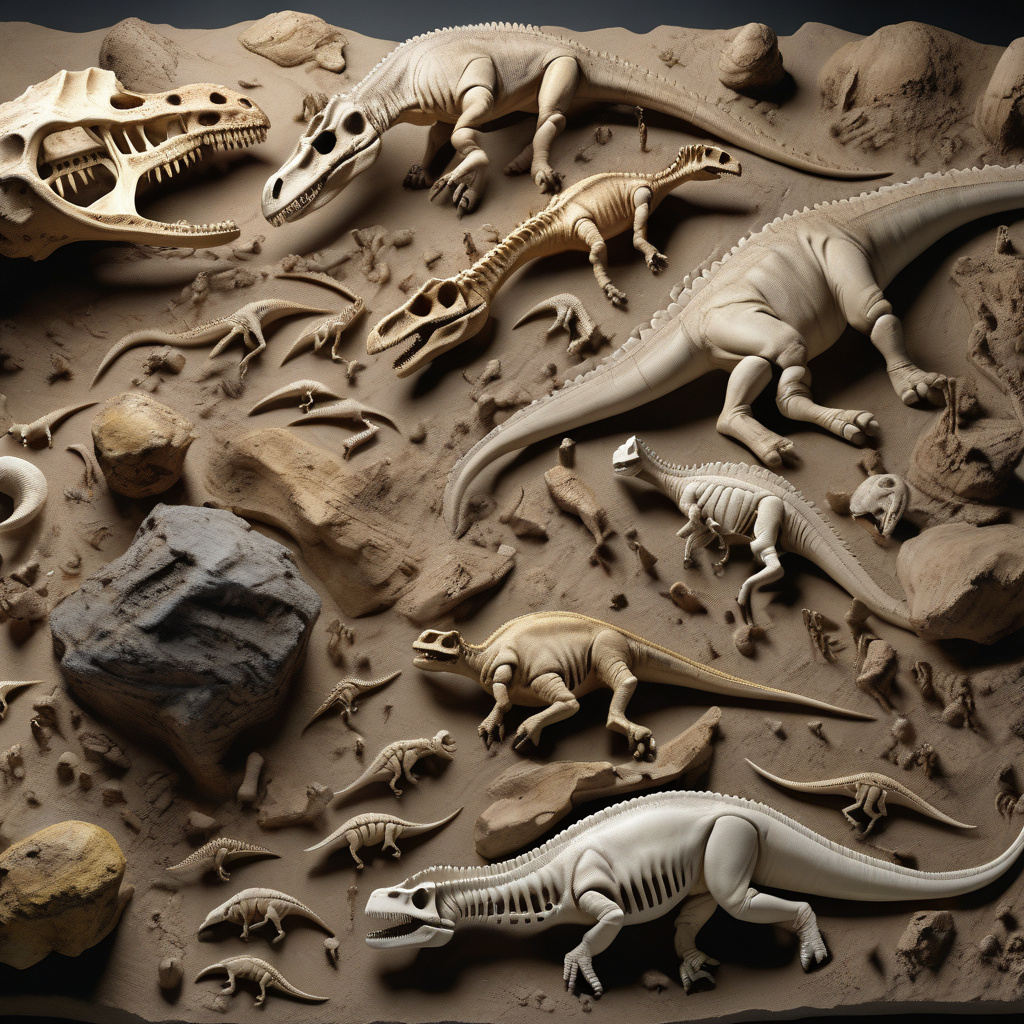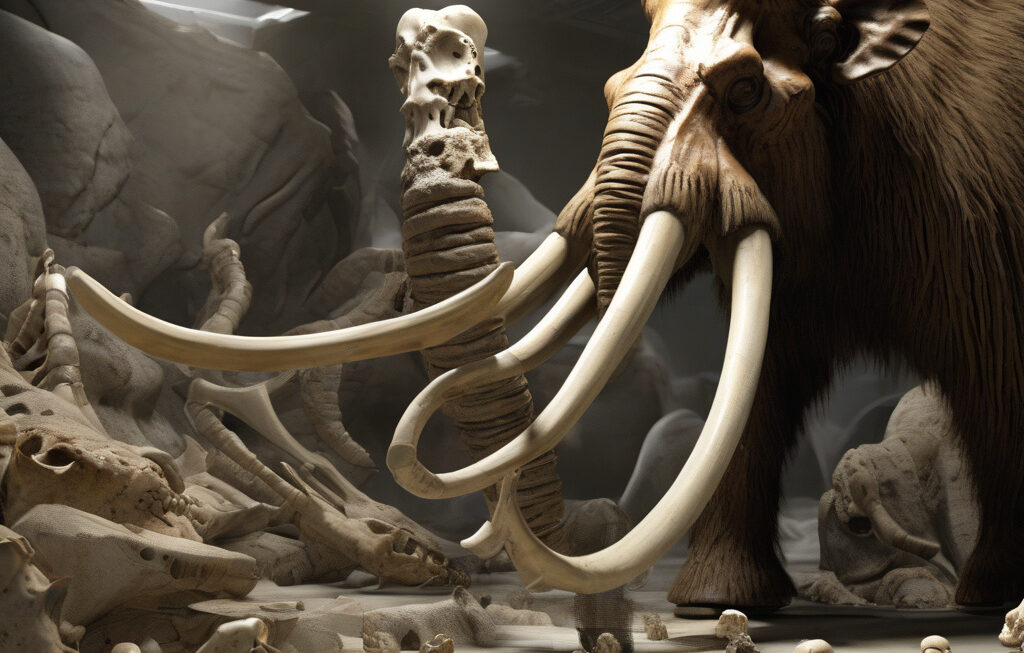80-million-year-old Fossils Expose Dinosaurs’ Fatal Bone Infection
Eighty million years ago, in what is now Brazil, a silent killer impacted the giants that once roamed the Earth. Recent discoveries of 80-million-year-old fossils have shed light on a fatal bone infection that plagued dinosaurs during the Late Cretaceous period. This groundbreaking finding offers a unique glimpse into the health challenges faced by these magnificent creatures and provides invaluable insights into their lives and eventual extinction.
The fossils, unearthed by a team of paleontologists in Brazil, revealed evidence of osteomyelitis, a severe and potentially life-threatening bone infection. This condition, which is also found in modern-day animals and humans, is caused by bacteria entering the body through open wounds or fractures, leading to inflammation and bone destruction. In the case of dinosaurs, this infection could have had devastating consequences, affecting their mobility, ability to hunt or forage for food, and ultimately contributing to their demise.
The study of these ancient fossils not only highlights the presence of diseases in dinosaurs but also underscores the importance of paleontological research in understanding the health and well-being of extinct species. By analyzing the skeletal remains of dinosaurs, scientists can uncover a wealth of information about their anatomy, physiology, and the environmental factors that may have influenced their health.
Furthermore, this discovery showcases the remarkable resilience of dinosaurs in the face of such debilitating illnesses. Despite the challenges posed by infections like osteomyelitis, these prehistoric creatures managed to survive and thrive for millions of years before their abrupt extinction. This resilience serves as a testament to the incredible adaptability and evolutionary success of dinosaurs as a group.
The implications of this research extend beyond the field of paleontology, offering valuable lessons for modern science and medicine. By studying how dinosaurs coped with bone infections and other health issues, researchers can gain insights into the evolution of immune responses, antibiotic resistance, and treatment strategies for similar conditions in present-day species, including humans.
In conclusion, the discovery of 80-million-year-old fossils exposing dinosaurs’ fatal bone infection provides a fascinating glimpse into the ancient world and the challenges faced by these iconic creatures. Through careful analysis and interpretation of these remarkable remains, scientists can unravel the mysteries of dinosaur health and gain a deeper appreciation for the resilience and adaptability of these extinct species. As we continue to explore the secrets of the past, we pave the way for a better understanding of our planet’s rich evolutionary history and the remarkable creatures that once roamed the Earth.
dinosaur, fossils, bone infection, paleontology, research












